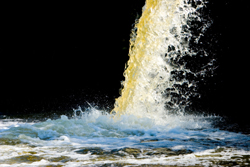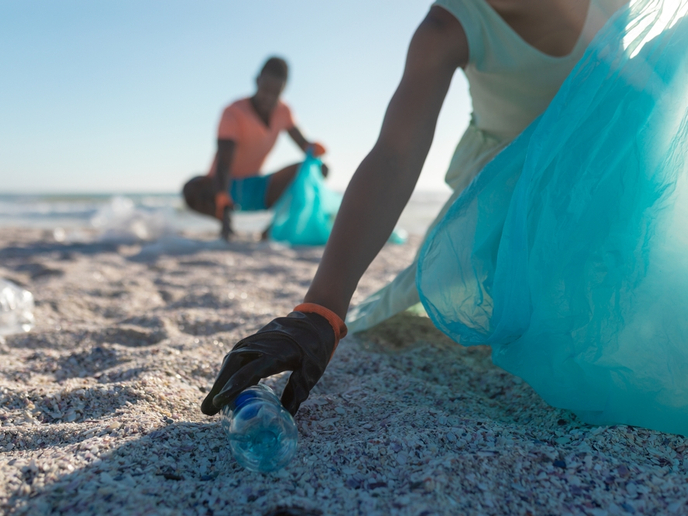Hybrid technology for the decontamination of industrial wastewaters
Water pollution is not only a problem of developing countries. Through the establishment of laws and stringent controls, the European Commission is able to regulate the production and use of chemical substances which may be hazardous to humans and the environment. In some industrial areas wastewaters however are not treated appropriately due to the lack of available on-site treatment technologies. The CADOX project was supported by the European Commission under the Fifth Framework Programme to develop a suitable technology to fill this gap. Among the available wastewater treatment technologies, oxidation processes attracted the interest of project partners at the Autonomous University of Barcelona. Oxidation processes were extensively studied for organic contaminants that are not treatable by conventional biological techniques due to their high chemical stability and low biodegradability. Partial oxidation by ozone of water-soluble pesticides such as alachlor and atrazine was shown to substantially increase wastewater biodegradability. More specifically, the evolution of contaminants' concentration was followed in order to assess the effectiveness of the ozone oxidation on intermediate products of the pharmaceutical industry. The mineralisation rate was monitored by measuring the total organic carbon (TOC) content, along with the consumption of ozone. While proven to be highly efficient, this process is currently quite expensive (tens of euros per m3 of treated wastewater). Complete mineralisation of organic compounds was also hard to accomplish, but ozone oxidation provided the possibility of being coupled with a secondary treatment. Based on experimental results, the conditions obtained after ozone oxidation were optimised to meet the requirements of the subsequent application of an advanced oxidation process driven by solar irradiation. Trials on a pilot plant provided valuable insight into the potential treatment of wastewaters by photo-Fenton, followed by an inexpensive biotreatment as an economically attractive second step.







